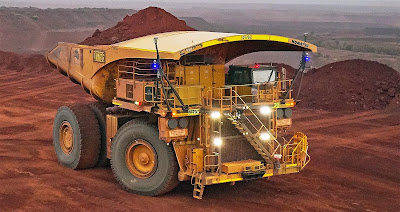I don't write much on the blog about investments I evaluated but rejected. There are quite a lot of these, of course. Recently, I evaluated and rejected Third Point and AlphaSimplex. Third Point is a well-known hedge fund managed by Daniel Loeb. Retail investors can invest in it through TPOU.L a closed-end fund on the London stock exchange. AlphaSimplex is a managed futures manager based in Boston that developed out of MIT. U.S. retail investors can invest with them through mutual funds issued by Natixis Funds. ASFYX has a USD 100k minimum and a lower expense ratio than AMFAX which has a low minimum investment. Non-U.S. investors can access them via Luxembourg based funds. There are institutional (USD 100k minimum and lower management fee) and retail classes (USD 1k minimum and higher management fee) and the funds are available in various currencies. Even the Australian Dollar! Kathryn Kaminski, their chief research strategist, was just on Meb Faber's podcast.
So, is this fund any good? And what about Third Point? Both these investments were interesting enough for me to do some proper analysis on them. These are some results using annual returns:
The period of analysis is the length of the track record provided by AlphaSimplex. All returns are in U.S. Dollars. None of this analysis deducts the risk-free-rate from returns. My returns in U.S. Dollars are not very good over the last ten years. In Australian Dollar terms they are much better.
So, it turns out that using annual data AlphaSimplex has a beta of 0.34 to the MSCI World Index and no alpha. Its correlation with the market is 0.4. Its average return was just 3.4% with a Sharpe ratio of 0.3. The Winton Global Alpha Fund has had similarly poor returns but actually has a negative beta and positive alpha. Before the 2020 debacle, Winton was a lot better than AlphaSimplex. I'm definitely not sold on AlphaSimplex.
Third Point is more attractive. However, it acts more or less like a good quality long-only fund. It's correlation with the MSCI is 0.92. It has an alpha of 1.4%. I added Pershing Square Holdings as a comparison. It has a much lower correlation to the market though it has a beta of 1.04. With an alpha of 4.3% it adds much more uncorrelated return. So, I haven't found Third Point convincing enough to add to the portfolio.


















